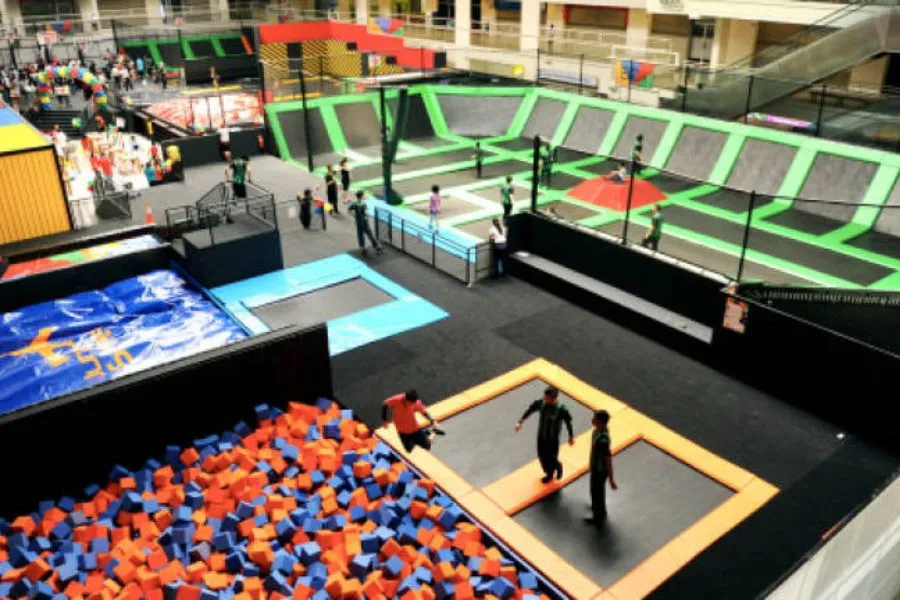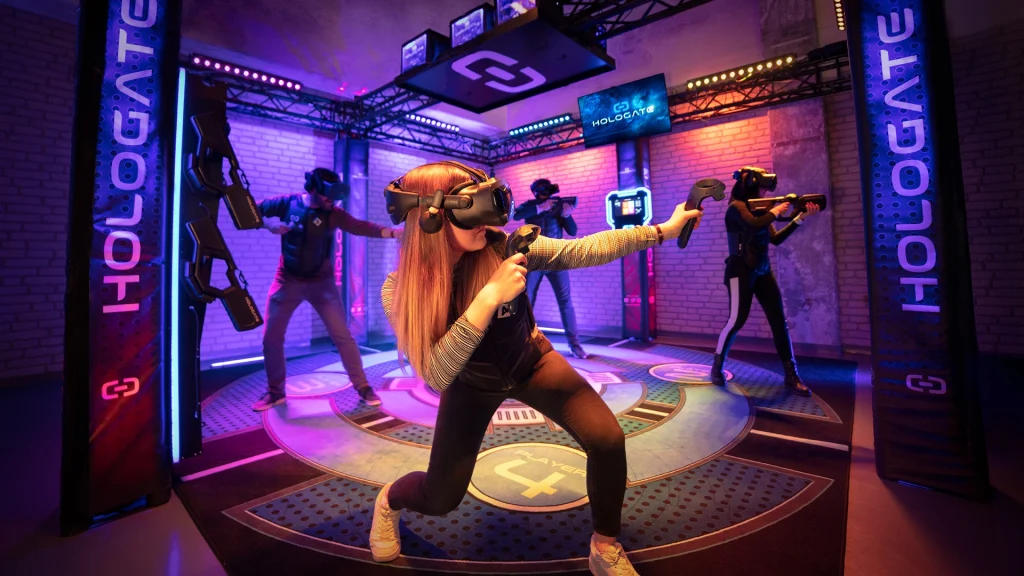
Indoor Games for Team Building: How to Choose the Right One (That Actually Works)
Not all indoor team building games work equally well.
You might have played Two Truths and a Lie before… but did it really help your team connect? Or just fill 10 awkward minutes?
In Malaysia’s hot, rainy, or space-limited work settings, indoor team building games are often the go-to choice but picking the wrong one wastes time, energy, and team trust.
This guide isn’t just another list of fun ideas. It shows you how to choose indoor games that fit your team’s goals, whether you’re in a small startup, a hybrid setup, or planning something bigger in your team building strategy.

1. Before You Choose: 4 Key Questions to Ask About Your Team
A. What’s the purpose of your session?
- Ice-breaking?
- Building trust?
- Improving communication?
- Testing problem-solving?
Clarify your intention before picking a game. A fun activity without purpose often ends up forgettable.
B. How big is your team?
- Under 10 people → focus on high-participation games
- 10–25 people → mix groups strategically
- Over 30? You’ll need structured facilitation and rotations
C. What’s the energy level?
- End of the week burnout? Go light, go fun
- Morning with a goal-setting session? Use a game to align mindset
D. How much space do you have?
- Conference room? Open hall? Office pantry?
- Each changes your game options
And if you’re building an agenda for a full-day program, matching game energy to time slots is just as important as choosing the right facilitator.

2. Game Match Guide: What to Choose Based on Team Type
Here’s how to match indoor games to real workplace contexts — without guessing.
Small, close-knit teams (5–10 pax)
- Try: Human Bingo, Reverse Charades, Story Chain
- Why: High participation, quick bonding
- Bonus: Great for startups or new team members working on vision-aligned projects
Mixed role teams with light communication tension
- Try: Blind Drawing, Build & Pitch, Silent Line
- Why: Exercises communication without pressure
- Outcome: Encourages clarity and empathy
Hybrid or partly remote teams
- Try: Virtual Escape Room, Guess the Sketch, Personal Map
- Why: Equal participation for both in-person and remote teammates
- Bonus: Supports a more connected hybrid workplace culture
Senior management or leadership group
- Try: Simulation-based decision games, The Bridge Game
- Why: Enhances collaboration under pressure
- Outcome: Aligns strategic thinking and leadership styles

3. Common Mistakes When Choosing Indoor Games (And How to Avoid Them)
Even well-intentioned team leaders make avoidable mistakes when planning activities:
- Choosing games based on trend, not intention
→ Pick games that support your team’s specific goals. - Ignoring team dynamics or group size
→ Some games don’t scale well. A game great for five might flop with twenty. - Running the game with zero context
→ Brief your team. A two-minute explanation on why they’re doing the game changes how they engage. - Skipping reflection or discussion
→ Always close with a debrief. What worked? What did they notice? How can this translate into day-to-day collaboration?
4. Not Sure What to Choose? Here's a Shortcut.
If you’re short on time or overwhelmed by options, these are good starting points:
- Unsure what’s claimable under HRD Corp? Learn about HRDC-eligible programs
- Considering full programs? Compare custom vs standard packages before you decide.

Conclusion: Indoor Games Are a Tool — Make Them Work for You
The best indoor games create micro-moments of trust, reflection, and shared learning, all building blocks of an intentional culture.
When planned well, indoor games become a lever for collaboration, not just a filler in your company calendar. And when paired with strategy, purpose, and people who care, they can spark momentum that lasts long after the laughter fades.
Not sure where to begin? Start with your team’s bigger picture.